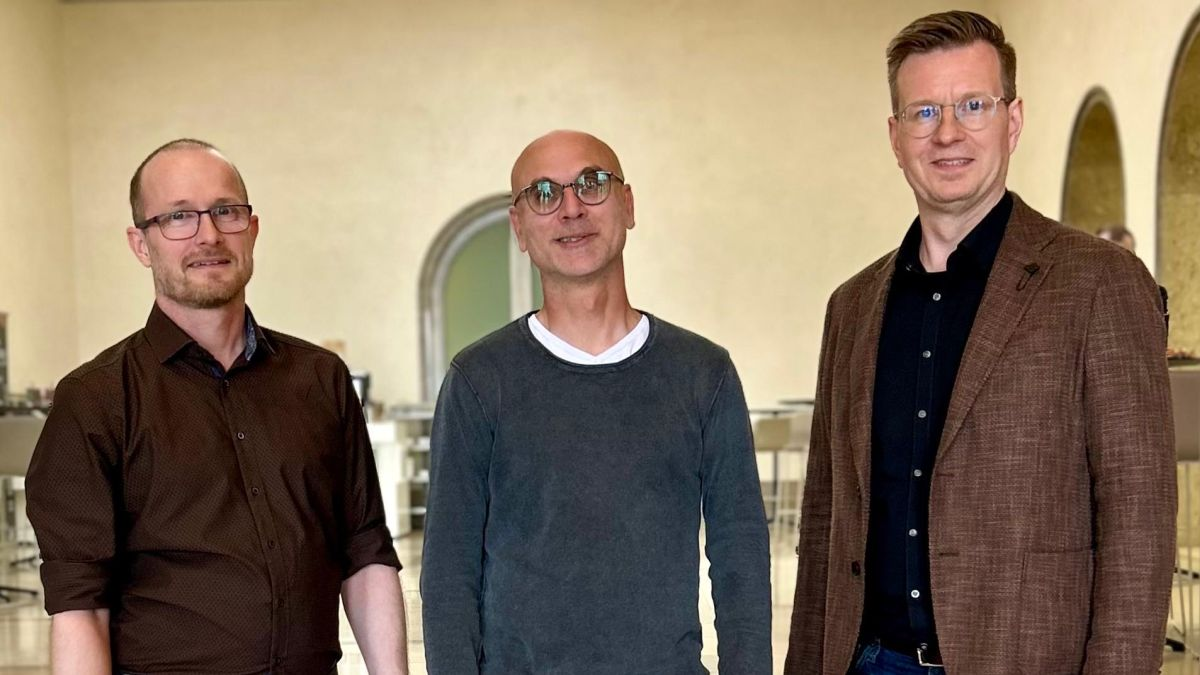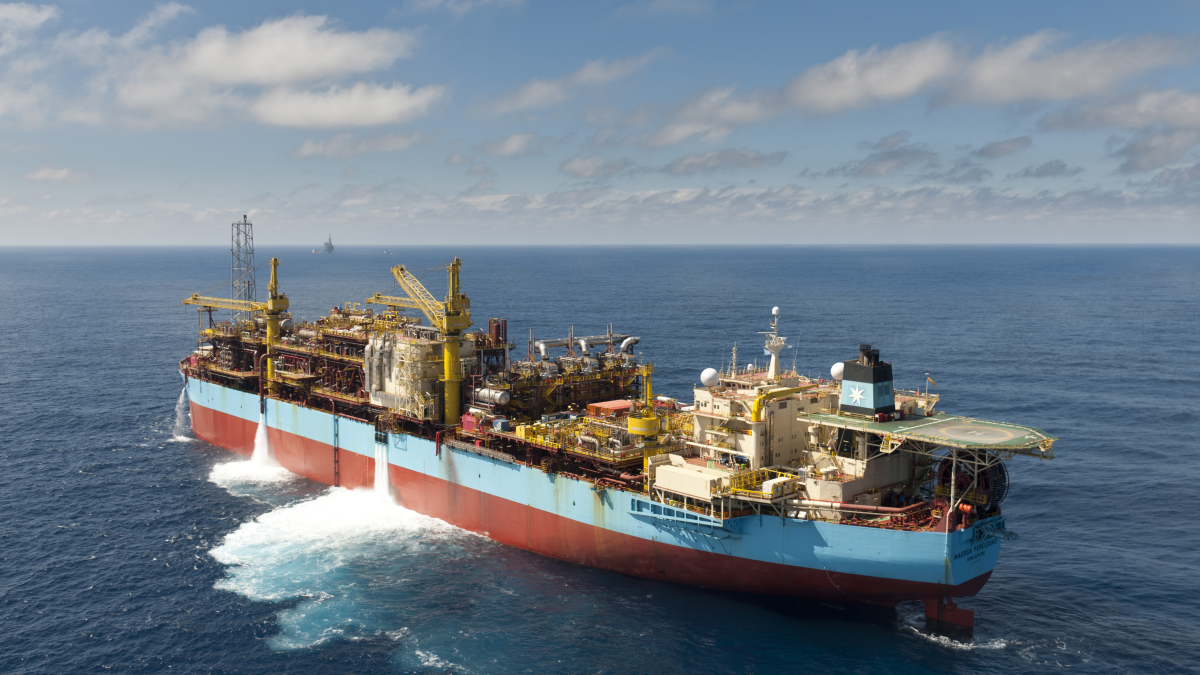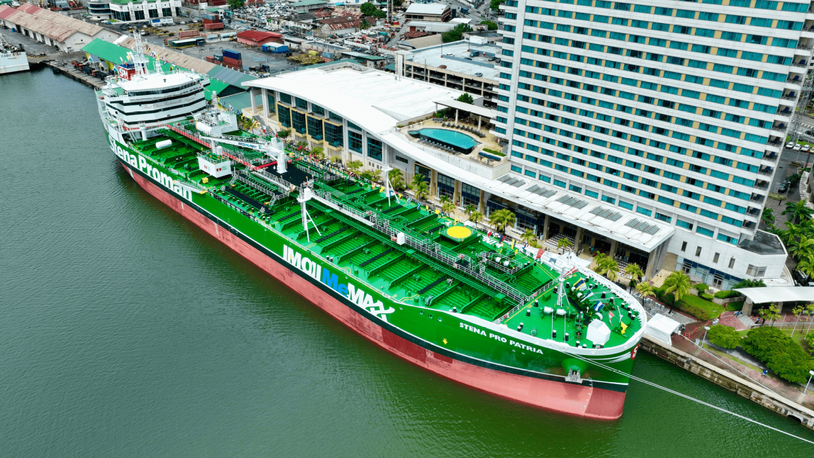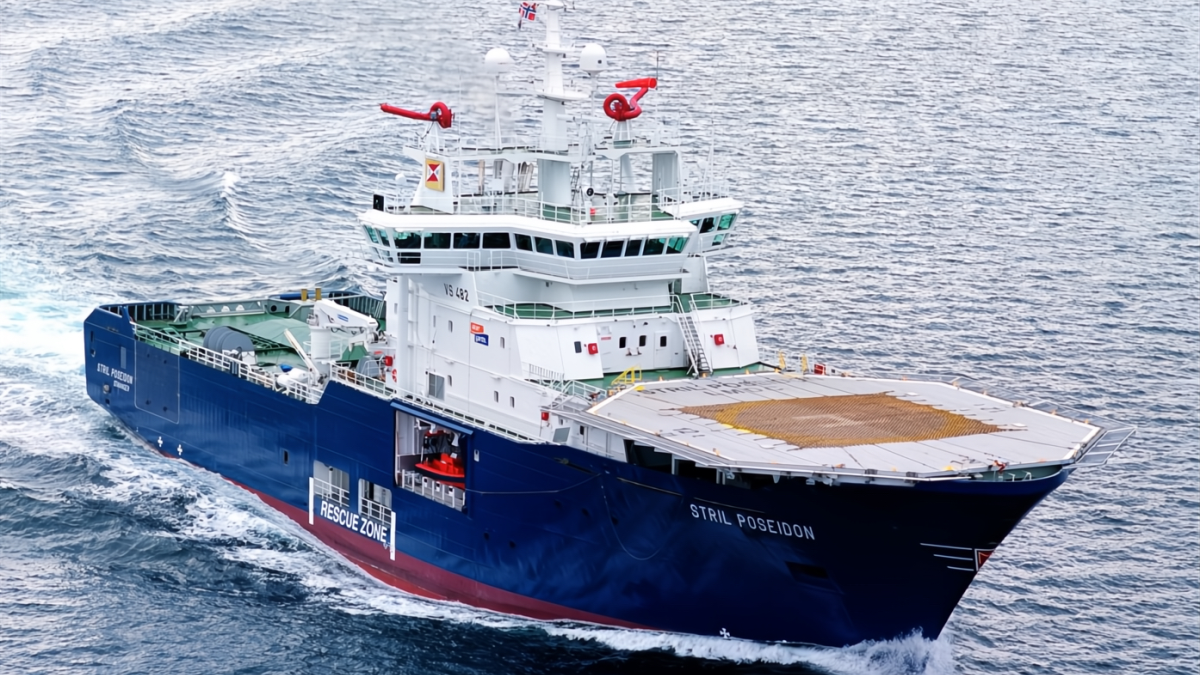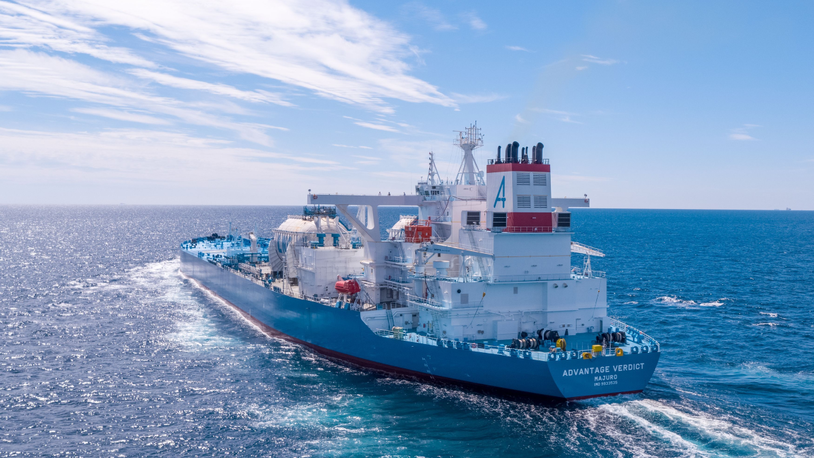Business Sectors
Contents
Register to read more articles.
Hapag-Lloyd reveals how a twistlock has increased cargo capacity
Hapag-Lloyd fleet innovation manager Miguel Saez explains how the container ship operator has been able to add an extra tier to a class of its vessels with no negative safety impact
Hapag-Lloyd is able to safely load an extra tier of containers on board its vessels due to a fully automatic twistlock.
MacGregor`s ACV-1 Hippo, which is a DNV-approved fully automatic twistlock, has been implemented across Hapag-Lloyd’s A19 class of 19,900-TEU vessels.
“We always want to load more cargo, but ensuring containers are secure on board the ship takes precedence over adding another tier,” commented Hapag-Lloyd fleet innovation manager Miguel Saez. “If a container stack collapses, the threat to crew and the marine environment is considerable, while there are also clear financial and reputational ramifications to consider. Safety is therefore our number one concern in planning lashing systems.”
A crucial consideration when assessing the safety of a lashing system is the gap – or vertical clearance – a twistlock leaves between containers. MacGregor’s Hippo twistlocks restrict vertical clearance to 12 mm in accordance with updated guidelines from DNV and other major classification societies. This enables the A19 vessels to transport an extra tier of cargo, around 600 additional TEU per ship, with the same vessel plan and cargo mix – with no negative safety impact.
“The additional cargo-carrying capacity we gain on board our A19-class ships by implementing Hippo highlights the close interplay between safety and efficiency,” noted Mr Saez. “It also results in a quick return on investment which made this project, despite its extensive scale, an easy sell from a business perspective too.”
Most fully automatic twistlocks on the market deploy a locking mechanism to secure the twistlock in the container corner casting during loading and discharge, and several variations of locking mechanism are available. “Hippo uses a wire-operated mechanism that is proven to keep crucial pressure surfaces intact and thereby minimise the risk of slip-out,” explained MacGregor sales manager Arto Toivonen.
“At DNV, we have seen the evolution of the twistlock mechanism as designers have worked to find a fully automatic system that both safely secures containers and enhances loading and unloading efficiency,” said DNV approval engineer Daniel Abt. “During our testing we found the MacGregor’s ACV-1 fully automatic twistlocks have a load-bearing capacity that almost doubles the requirements in our rules for automatic twistlocks and performs equivalently to semi-automatic systems in terms of their ability to limit the movement of container stacks during voyages.”
MacGregor’s twistlocks are forged rather than cast, creating a denser structure that provides high tensile strength, durability and resistance to extreme conditions. Forging also makes Hippo a greener alternative to cast twistlocks, explained Mr Toivonen.
“Third-party testing confirms our forging process reduces carbon dioxide emissions by around 40% compared with casting,” he said. For the A19 vessels, which we supplied with 25,000 twistlocks each, this will significantly reduce the carbon emissions at the manufacturing phase.
“Hippo will also reduce the voyage carbon intensity by enabling the vessels to carry more containers with the same amount of fuel consumed compared with before the upgrade. This aligns with Hapag-Lloyd’s operational efficiency and sustainability objectives.”
Explaining Hapag-Lloyd’s motivation for specifying Hippo twistlocks, Mr Saez emphasised their safety, efficiency and sustainability benefits. He also pointed to MacGregor’s capacity to provide a comprehensive scope of supply, its understanding of Hapag-Lloyd’s operational requirements, and the transparent, trust-based relationship the two companies share.
“MacGregor offers a wide range of equipment needed for securing cargo – not just twistlocks but also lashing bridges, loose lashing equipment, hatch covers, and more,” said Mr Saez. “Projects are expertly tailored to our specific needs, and we are free to ask questions, request changes and verify everything with DNV. Finding a partner who understands operational requirements as well as they understand technical factors is difficult – but that’s exactly what we get with MacGregor.”
Sign up for Riviera’s series of technical and operational webinars and conferences:
- Register to attend by visiting our events page.
- Watch recordings from all of our webinars in the webinar library.
Related to this Story
Events
International Bulk Shipping Conference 2025
Tankers 2030 Conference
Maritime Navigation Innovation Webinar Week
© 2024 Riviera Maritime Media Ltd.


